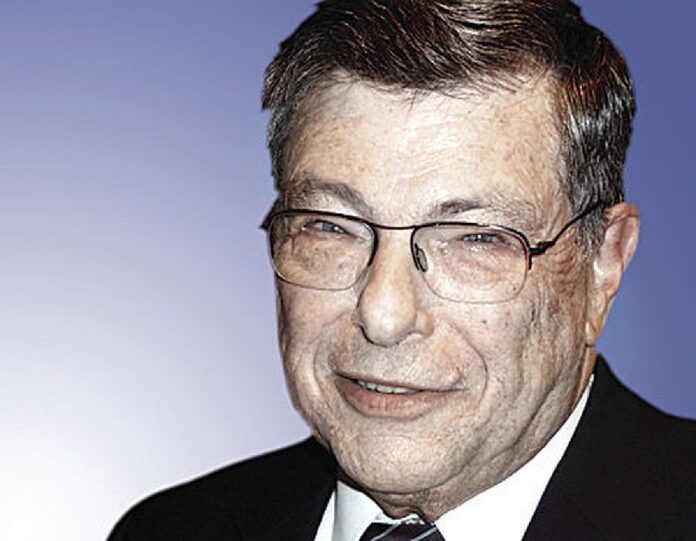The “normal” economy of 2019 is our launching pad for the post-pandemic world. We’ll be able to measure changes with the U.S. Bureau of Labor Statistics data on wages for 725 occupations in each of the 50 states.
In 2019, the average (mean) annual wage in Indiana, for all occupations, was $46,770. The median wage was $36,960 which tells us half of Indiana’s workers made less and half more than that amount. In 2019, our average wage was 27% ($9,810) higher than the state’s $36,960 median wage.
The average wage is almost always higher than the median wage. A few highly paid executives and managers can boost the average wage way over the median. Many companies boast of their average wages, giving the impression they pay their workers well.
Indiana’s average wage in 2019 was 9.7% ($5,004) below the average for all states; our median wage was 8.2% ($3,320) below the median for all states.
When we break out the Indiana figures for 22 occupation groups, Management tops the list with an average wage of $102,280 and a median wage of $87,340. This spread of $14,940 between the average and the median fell behind the $22,550 differential in the Legal occupations and $17,430 in the Health Practitioners and Technical occupations.
For those concerned with the wage disparities in a given occupation, the average vs. median comparison might be a useful tool.
Among Indiana’s 22 major groups, Sales and Related occupations led with a 49% differential between the average and median wages. Ranking 22nd (last) with a 5% difference was the Computer and Mathematical occupations group. Is this low difference due to the relative newness of the field and/or the comparative youth of the workers?
Yet it is foolhardy to use one number alone to signal inequity among workers. It might be an inequality, not an inequity, due to hours or weeks worked in a year, seniority, or productivity.
Occupational groups are quite diverse. Consider the Arts, Design, Entertainment, Sports and Media group. Here Indiana’s 470 Athletes and Sports Competitors have an average wage of $166,100 and a median wage of $118,460. The same group includes 7,590 coaches and scouts, whose average wage was $38,170 with a median of $27,510. Some readers might find this disparity between coaches and competitors unconscionable. Should/can we lower one or raise the other?
As lower-paid workers are let go, average and median wages rise. Some familiar occupations may disappear with the adaptation of technologies and new management approaches.
None of us know how the labor market will look A.C. (after COVID). But things already are changing, and we cannot ignore the adaptations being made all around us. Today’s data may resemble sepia tone photos of the past.
Morton Marcus is an economist. Reach him at [email protected]. Follow his views and those of John Guy on “Who gets what?” wherever podcasts are available or at mortonjohn.libsyn.com. Send comments to [email protected].





